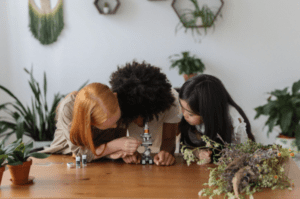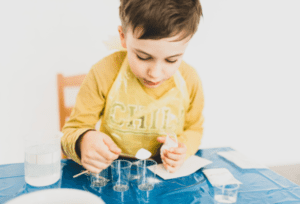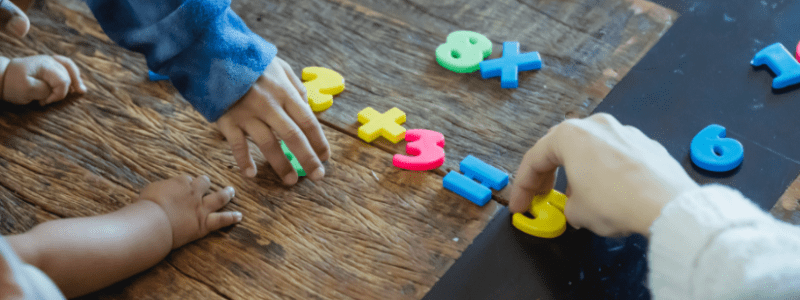Science experiments you can do at home with kids don’t have to be expensive. Science is a great hands-on subject that you can have a lot of fun with, whether you like it or not. This article has chosen four different science experiments that you can easily do with tools and equipment found in most homes. Try them to study and have fun with your kids at home.
Sink or Float Experiment
 There are several ways to have fun learning sink or float experiments. If you want to introduce your children to crafting science experiments, trying to make ivory soap boats from the KSAT site would be a great activity to do with your kids. However, suppose you want a simpler and beginner step experiment, you can try to set up a sink or bucket that fill with water, leaving about six inches empty.
There are several ways to have fun learning sink or float experiments. If you want to introduce your children to crafting science experiments, trying to make ivory soap boats from the KSAT site would be a great activity to do with your kids. However, suppose you want a simpler and beginner step experiment, you can try to set up a sink or bucket that fill with water, leaving about six inches empty.
In this experiment, you can ask your kids to predict whether the object, such as a pencil, nail, raw egg, apple, ruler, draw ball, and toy, will sink or float in the bucket. Please place each object slowly in the water. Do not forget to take a note on your paper of what happens to them inside the bucket. You can also try different things and write them down in a list to improve your kid’s predictions. When you finish the experiment, make an effort to use a science book or website to research why you got the results you did for each product together with your kid.
Volcano Experiment
 Making a volcano experiment would need some of your kitchen’s stuff. In this case, you will need baking soda. Please ensure you have not mistaken it as baking powder. Besides, you will need vinegar, a large bowl along with a cloth or some paper towels in case it’s a big mess. You may want to consider this an outdoor activity.
Making a volcano experiment would need some of your kitchen’s stuff. In this case, you will need baking soda. Please ensure you have not mistaken it as baking powder. Besides, you will need vinegar, a large bowl along with a cloth or some paper towels in case it’s a big mess. You may want to consider this an outdoor activity.
If all the materials are ready, you can start the experiment. First, you can put some of the baking soda in your container. After that, pour in some vinegar. Watch how the reaction happens. This experiment shows that there is a reaction from the baking soda when mixing with vinegar. The reaction occurs because it meets an acetic acid from the vinegar, which is acid with sodium bicarbonate from baking soda which is a base. As they react, they produce carbonic acid that is extremely unstable, so it breaks down into carbon and carbon dioxide, each of which creates effervescence because it flows. It would be much better when using some red food coloring to make the volcano experiment more impressive.
Raw or Boiled Egg Experiment
A raw or boiled egg experiment is also a great science kid experiment because your kid will learn gravity. You can prepare both types of egg, but ensure the hard-boiled one has stayed in the refrigerator fairly long to have the same condition as the raw egg. If not, then your gravity experiment may not work accurately.
After the preparation, you can start the experiment by firstly rotating the eggs and see what happens. When spinning the eggs, there is an egg that whirls well, while another one should wobble. You can also try gently touching one by one as the eggs spin. One egg would stop promptly while the other continues to move once you stroke at it.
In this science experiment, the explanation would be that the raw egg’s center of gravity shifts as the yolk and white move circling inside the shell, which causes it to wobble. Even if you lightly touch the eggshell, it will still move due to the spinning raw egg inertia. In comparison, the hard-boiled egg spins instead of wobbles and stops when you touch it because of the solid yolk and white. When working on this experiment, you might see that older children might be eager to write down their experiments in a notebook, noting a list of equipment and a method, documenting their results, and then writing dialogue to explain what happened.

